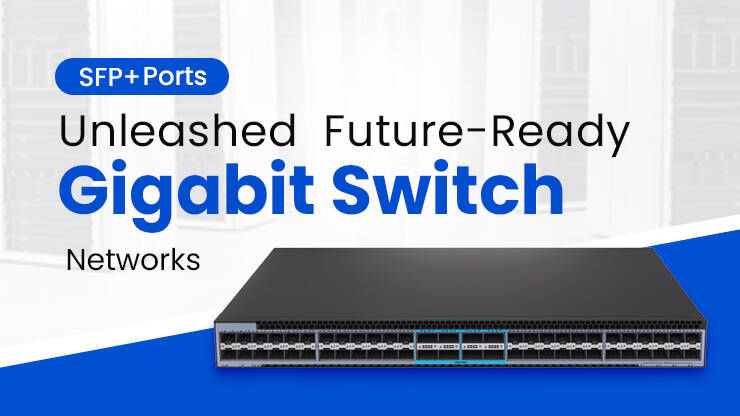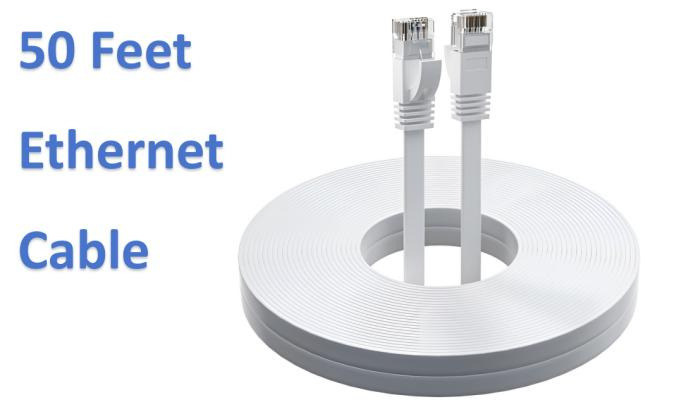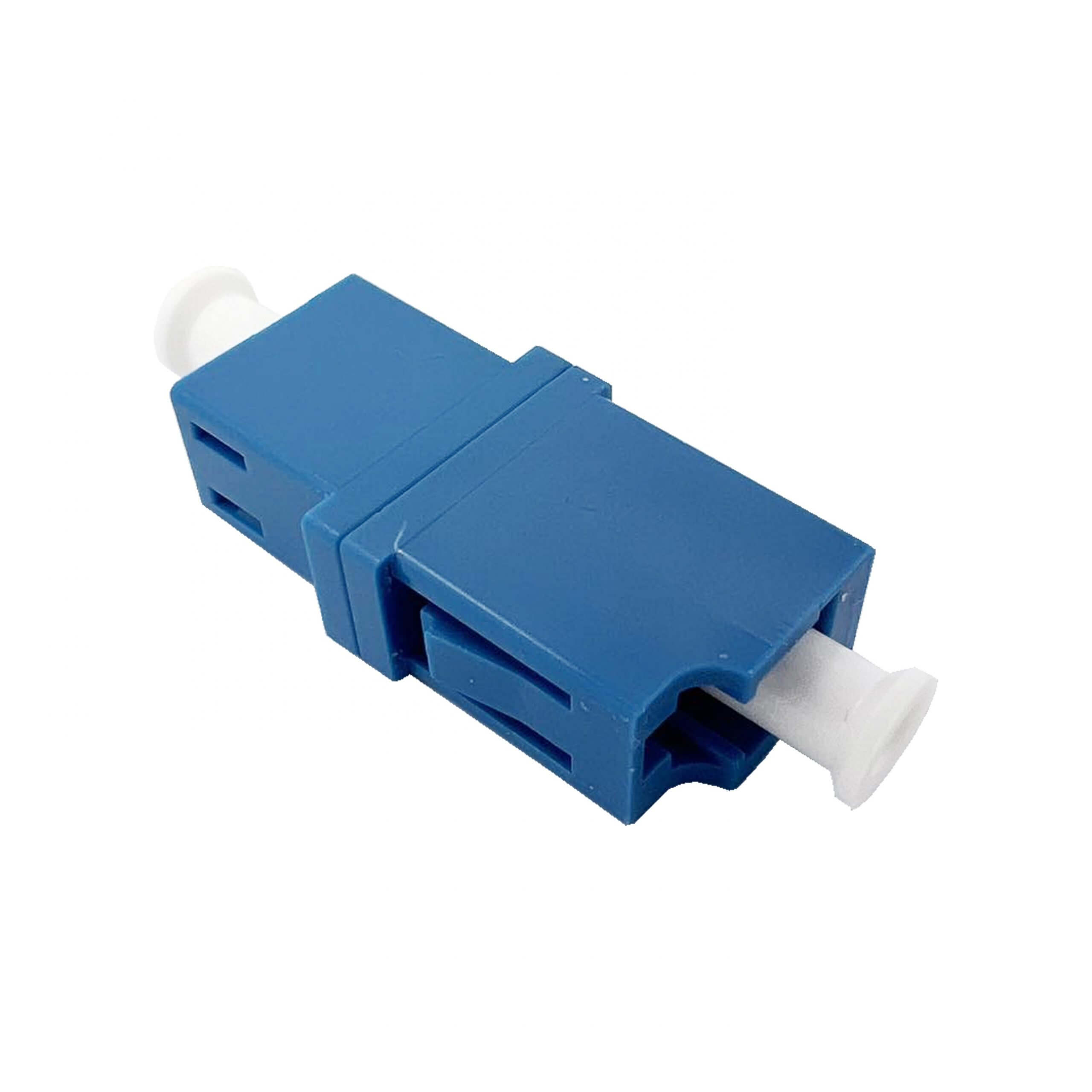SFP Cable Explained: Top 10G Solutions for Reliable Network Connectivity
Today, 10G SFP cable play an indispensable role in network communications. They are widely used in data centers, enterprise networks, and other fields, serving as the optimal solution for reliable network connectivity. This article will introduce the definition and working principle of SFP cable, their application scenarios in 10G networks, and how to choose the best SFP cable for buying. Regardless of the type, the best choice can be made based on network requirements.
What is an SFP Cable?
A cable is a cable assembly with fixed connectors on both ends. It uses the same interface as an optical module but, unlike optical modules, high-speed cables do not require pairing with fiber jumpers. The connectors of DAC (Direct Attach Copper Cable) do not include expensive optical lasers, significantly reducing cost and power consumption, making them a cost-effective, high-performance solution for high-speed data communication as an alternative to optical modules.
Depending on the transmission medium, they are mainly categorized into:
DAC (Passive Direct Attach Copper Twinax cable)
ACC (Active Direct Attach Copper Twinax cable)
AOC (Active Optical Cable)
DAC and ACC
Direct Attach Copper Twinax cable features fixed SFP modules on both ends with a copper core cable in between. The maximum transmission distance is 7 meters (for DAC) / 10 meters (for ACC).
Its key characteristics include: no external power required, low power consumption, low cost, short-distance transmission and support 1G/10G speed date.
These cables are commonly used for interconnections between switches and servers within racks, high-density data center short-distance cabling.
Common models: 10G SFP+ DAC (1m–7m).
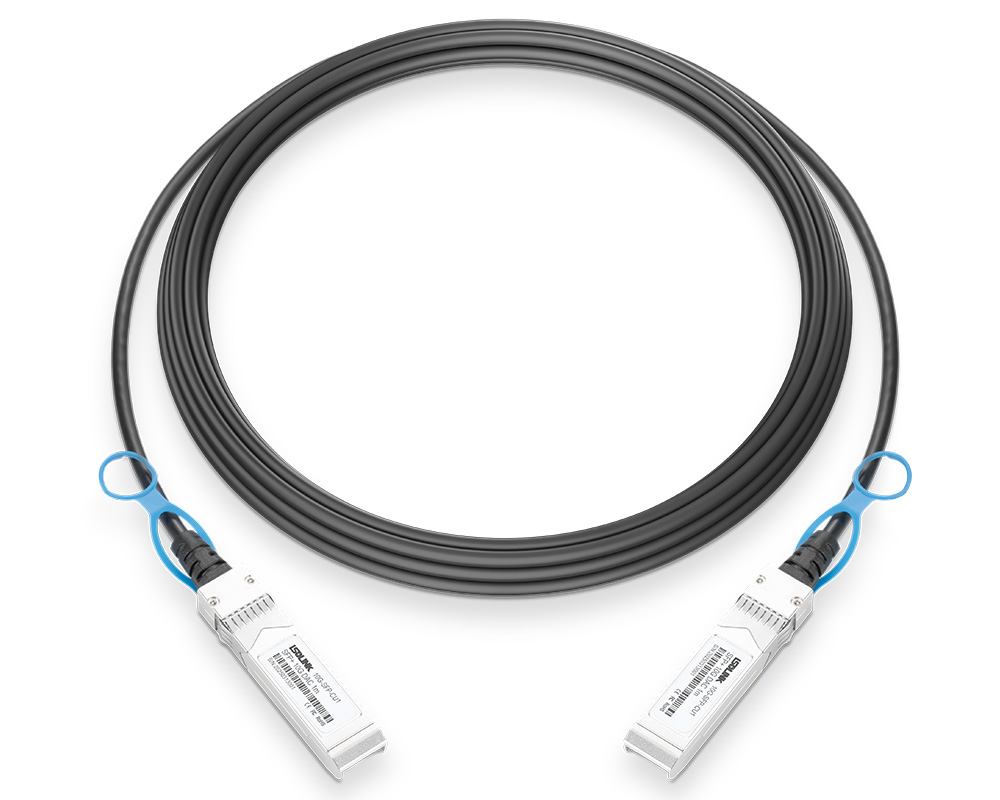
AOC
AOC (Active Optical Cable) integrates optical modules on both ends with multimode/single-mode fiber in between, featuring built-in electro-optical conversion chips.
Its key characteristics include:
Requires power supply
Slightly higher power consumption than DAC
Supports 10G/25G/40G speeds
Suitable for medium-to-long distances
Multimode fiber: up to 100 meters
Single-mode fiber: up to 300 meters
Immune to electromagnetic interference (EMI)
Ideal for cross-rack/cross-cabinet connections in data centers
Common models: 10G SFP+ AOC (1m–150m).

Working Principle of SFP Cables
DAC and ACC: These SFP cable do not contain expensive optical lasers. Instead, they transmit data directly through copper wires without optical-electrical conversion, resulting in negligible power consumptionand significantly reduced latency.
AOC (Active Optical Cable): AOC consist of fiber jumpers with integrated optical transceivers on both ends. Their unified design ensures stable transmission and flexible deployment, making them ideal for high-density applications.
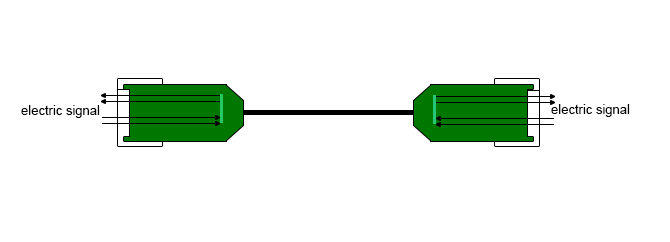
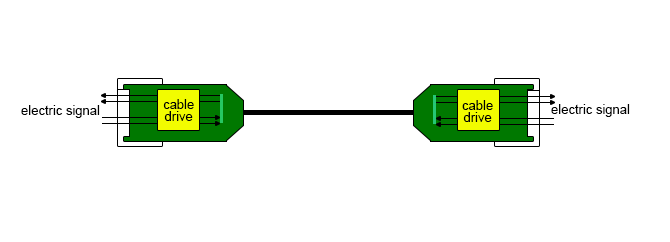
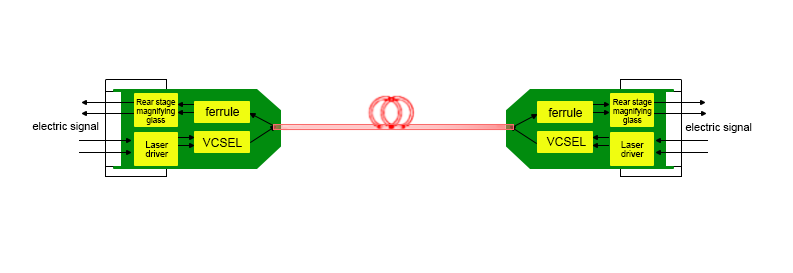
Structure of SFP Cord
SFP Copper Cable Construction: The copper wires are directly soldered onto the PCB board, transmitting and receiving data via gold-plated contacts. The cable consists of the following layers (from inner to outer):
- Twisted Core Wire: Contains two insulated conductors + a ground wire, wrapped in aluminum foil + self-adhesive polyester tape.
- Cable Core: Composed of two or more twisted core wires, also shielded with aluminum foil + self-adhesive polyester tape.
- Metal Braided Shielding: Enhances EMI shielding for better signal integrity.
- Outer Jacket: Made of flame-retardant polyethylene (PE), offering high tensile strength and durability.
This structure ensures high-speed, low-latency data transmission while maintaining mechanical robustness and interference resistance.


Application Scenarios of SFP Cables in 10G Networks
In 10Gbps networks, SFP cable are widely adopted in data centers and enterprise networks due to their low latency, high reliability, cost-effectiveness, and plug-and-play convenience.
High-Speed Short-Distance Interconnects in Data Centers
Server-to-Switch (ToR Architecture)
In Top-of-Rack (ToR) deployments, the rack switch connects to servers within the same cabinet using SFP+ DAC.
Advantages:
latency (nanosecond-level) – No optical-electrical conversion required.
Lower cost – Cheaper than optical transceivers + fiber juUltra-lowmpers.
Recommended Solution:10G SFP+ DAC (1m/3m/5m).
Storage (SAN/NAS) to Network Device Connections
High-performance storage systems (e.g., NVMe over Fabrics, all-flash NAS) directly connect to switches via 10G SFP+ DAC.
Advantages:
Full 10Gbps throughput – No bottlenecks, stable performance with low jitter.
Ideal for storage traffic – Ensures high-speed, reliable data transfer.
High-Density Network Device Stacking
Switch Stacking (Cisco/HPE/Aruba): Multiple 10G switches (e.g., Cisco Nexus, HPE Aruba) are stacked using SFP+ DAC to form a single logical device.
Advantages:
Lower cost & latency compared to fiber solutions.
Plug-and-play– No additional optical modules needed.
Recommended Solutions:
≤7m distance:SFP+ DAC (passive copper cable).
7m~30m distance:AOC (Active Optical Cable).
Virtualization Architecture
Virtualized Host (vSphere/Hyper-V) Interconnection: ESXi or Hyper-V hosts connect to core switches via 10G SFP+ DAC cables. This solution not only enhances vMotion/storage migration speeds but also reduces network bottlenecks and supports network function virtualization.
Special Environment Applications
High EMI Environments: In industrial networks, power substations and other environments with strong electromagnetic interference, AOC (active optical cables) should be used instead of copper cables. Fiber optics are immune to electromagnetic interference, and their integrated design makes them more reliable than discrete optical modules.
High-Density Cabling (Data Center Cold Aisles): In densely packed server racks, using SFP+ DAC cables eliminates the photoelectric conversion process of optical modules, significantly reducing latency and providing better performance for data center traffic transmission.
How to Choose the Best 10G SFP Cable?
Selection Based on Distance
When selecting 10G SFP cables, distance requirements must be considered:
For distances ≤7 meters: DAC are recommended for their low cost and low latency.
For 7-100 meters: AOC are preferable due to their stronger interference resistance.
For distances >100 meters: independent optical modules with fiber are required.
Selection Based on Manufacturer Capabilities
Reputable SFP cable manufacturers conduct comprehensive testing including: “Aging test”, “High/low temperature test”, “Reliability test” and “Real-device traffic test”.
Manufacturers who can provide these test reports demonstrate their products have undergone rigorous testing, ensuring quality. LSOLINK products pass a 4-layer quality control system (production line self-inspection/mutual inspection, IPQC, OQC, OBA), with each product having independent test reports available.
Selection Based on AWG Standard
AWG (American Wire Gauge) is a standard for distinguishing wire diameters. A larger AWG number indicates a smaller, thinner wire with greater signal loss. For example, when comparing two 10G SFP+ 5m DAC cables:
28AWG has a thicker diameter than 30AWG
Thicker wires have less loss
Less loss results in higher signal quality
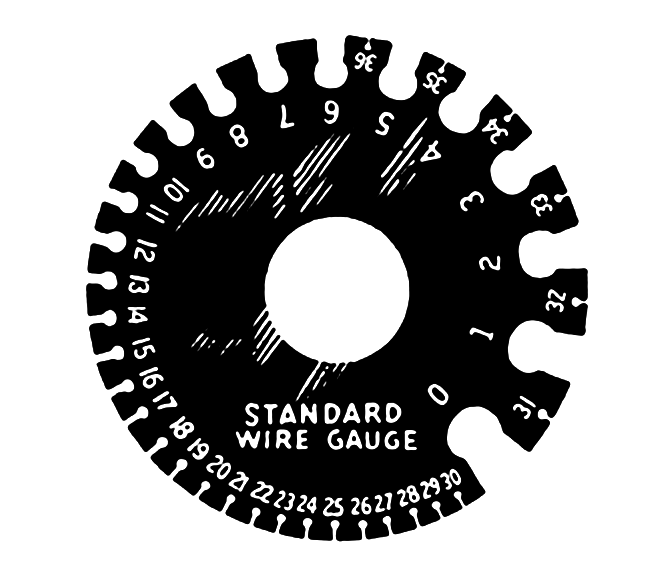
Selection Based on Certifications
When purchasing SFP cord, choose products with RoHS, CE, and FCC certification marks. These certifications ensure the cables comply with international standards for environmental protection, electromagnetic compatibility, and safety. SFP cord without proper international certifications may cause equipment short circuits, potentially disrupting service transmission or even creating fire hazards.
Selection Based on Compatibility
For 10G sfp cable best buy, compatibility issues may arise between different brands of optical modules. It’s crucial to ensure SFP cable compatibility with switches, network cards, and optical modules. LSOLINK offers dual-compatible high-speed cables that address this challenge. Unlike traditional manufacturers’ high-speed cables that typically only support single-brand coding (suitable only for same-brand switch connections), LSOLINK can provide customized dual-compatible high-speed cables for mixed-brand environments. For example, when connecting HP equipment on one end to Cisco equipment on the other, LSOLINK’s solution ensures seamless interoperability between different brand devices.
How to Install and Uninstall SFP Cable?
Installing SFP Cable
- Remove the DAC cord from its anti-static packaging and take off the dust covers from the connectors.
- Align the DAC module with the I/O port on the network interface card (NIC).
- Gently push the module straight in until you hear a click, indicating it is fully seated in the port.
Uninstalling SFP Cable
- Firmly grasp the cable near its connector.
- Gently pull the release tab while simultaneously withdrawing the SFP cable from the port.

SFP Cable Usage Precautions
Avoid Excessive Bending
For DAC and ACC cables: Minimum bend radius is 0.5 meters. Excessive bending will cause severe signal attenuation and bit errors.
For AOC cables: Minimum bend radius is 30mm. Bending beyond this limit will:
Disrupt the total internal reflection phenomenon in optical fibers.
Potentially cause optical signal loss or fiber breakage.
Prevent Pulling or Crushing
Pulling can cause the connection between the cable and the module to loosen, affecting the stability of signal transmission. Avoid heavy objects from pressing on the cables, as this may cause deformation of copper cables and optical fibers, or even internal breakage.
Electrostatic Discharge (ESD) Protection
The working voltage of SFP cable is 3.3V. The instantaneous voltage generated by static electricity can reach tens of thousands of volts, which may cause short circuits in the electronic components inside the SFP cable.Always use proper ESD protection when handling cables.
SFP Cable Frequently Asked Questions (FAQ)
Q: What is an SFP cable and how does it differ from regular Ethernet cables?
A: SFP cable are high-speed interconnect cable designed for connecting routers, servers, and network interface cards with SFP/SFP+ ports. Compared to standard Cat6/Cat7 Ethernet cables, SFP cable offer significantly higher bandwidth and lower latency.
Q: What types of SFP cable are available?
A: SFP cable are categorized by transmission medium:
AOC (Active Optical Cable)
DAC (Direct Attach Copper Cable)
ACC (Active Copper Cable)
Q: How can I ensure SFP cable compatibility with my equipment?
A: Verify your device’s SFP port type (SFP/SFP+/QSFP+) and select matching cables. Note that some brands (e.g., Cisco, HPE) may restrict third-party SFP cable compatibility – always consult device documentation or choose vendor-certified models.
Q: Where can I purchase reliable SFP cable?
A: We recommend purchasing from reputable network equipment suppliers or established e-commerce platforms. Key considerations include: customer reviews, warranty policies and vailability of test reports from manufacturers.
Q: What are the maximum transmission distances for SFP cable?
A: Maximum supported distances:
10G AOC: Up to 150m
10G DAC: 7m
10G ACC: 10m
Q: Why isn’t my SFP cable being recognized by the device?
A: Common causes include:
Compatibility issues (e.g., SFP cable in SFP+ port)
Physical damage (check for bent connectors or contamination)
Device configuration requirements (e.g., Cisco’s “no errdisable” command)
Q: How can I test SFP cable connection quality?
A: Testing methods:
CLI commands (e.g., “show interface transceiver”)
Optical power meters (for fiber cables)
Port LED status indicators (steady/flashing typically indicates normal operation)
Q: What’s the difference between DAC and AOC?
A8: Key differences:
DAC: Short-range transmission via electrical signals over copper
AOC: Long-range transmission via optical signals over fiber



